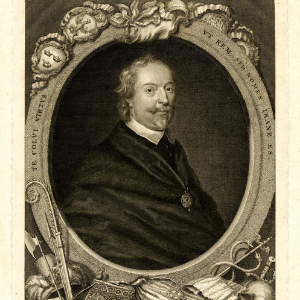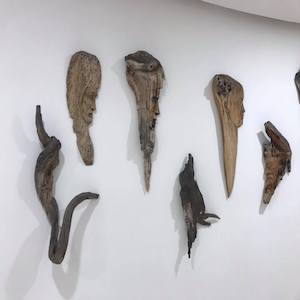Culture
The Miracles of Sainte Foy, Bernard of Angers, c. 1013–1020
In 1013, Bernard of Angers visited the relics of Sainte Foy at the abbey of Conques, in southern France. Initially skeptical of the cult which had formed around this little girl martyr, Bernard nonetheless fell under her spell.
Theophilus, On Diverse Arts (De diversis artibus), c. 1120
Theophilus’ De diversis artibus is the only complete treatise on art to survive from the High Middle Ages.
Bernard of Clairvaux, Apology (Apologia), 1125
Bernard of Clairvaux was abbot of the Cistercian monastery of Clairvaux, in Burgundy, France, and a well-known preacher who travelled widely and was involved with many of the most pressing issues of his day, from papal power to the Crusades.
Abbot Suger, On What Was Done In His Administration (De administratione), 1144–1148
In the later 1140s, Abbot Suger of the Royal Abbey of Saint Denis, outside Paris, wrote an account of his extensive project to rebuild and redecorate his abbey church.

Long Teaching Module: Masculinity and Femininity in the Mongol Empire
This module examines ideals of masculinity and femininity among the Mongols, the Central Asian nomadic pastoralists who in the thirteenth century under their leader Chinggis Khan created the largest land-based empire the world has ever seen.

The Anda Bond
Along with practices of male bonding that are shared with other times and places, such as membership in all-male groups with distinctive uniforms or clothing or socializing in places where women are not allowed or do not go, the Mongols also had a specific type of male bonding, the anda

Frontispiece of Sir Thomas Roe
This image is the frontispiece of Sir Thomas Roe (ca. 1581-1644) from the book The Negotiations of Sir T. Roe in his Embassy to the Ottoman Porte from the year 1621 to 1628, a collection of his correspondence during his time as the English ambassador to the Ottoman Empire.

“Contraste” by Joaquín Torres García
This painting, entitled “Contraste,” or Contrast, originates in Montevideo, Uruguay. The artist behind the work is Joaquín Torres García (1874–1949), whose downtown Montevideo home has been converted into a museum dedicated to the artist.

“Entrando a la plaza” by Pedro Figari
This painting from 1922 depicts a bullfight in a crowded arena of Montevideo, Uruguay. Scenes of these types of public events (also including circus and horse shows) were a favorite subject for the artist, Pedro Figari (1861-1938).

Artwork by Calixto Mamaní
Calixto Mamaní was an Argentine artist from the city of Salta, in the north of the country. His work emphasized the influence of the Incas, the indigenous peoples who ruled over much of the Andes Mountain region before the Spaniards arrived.